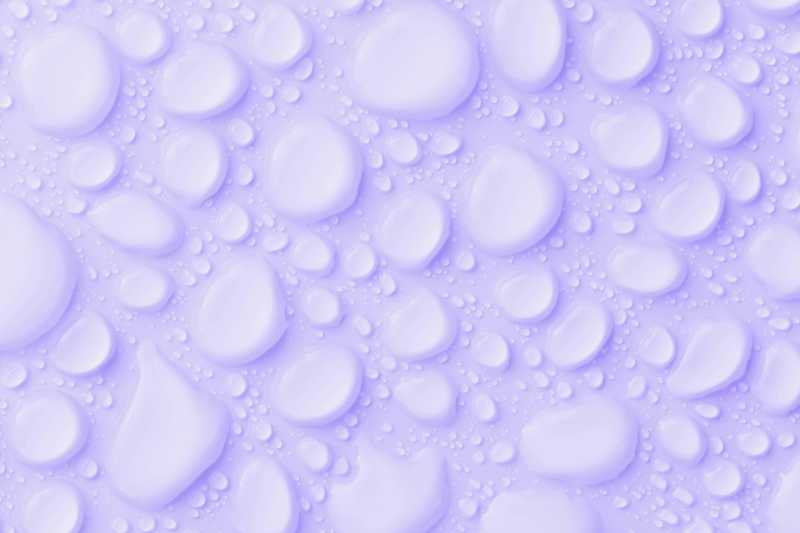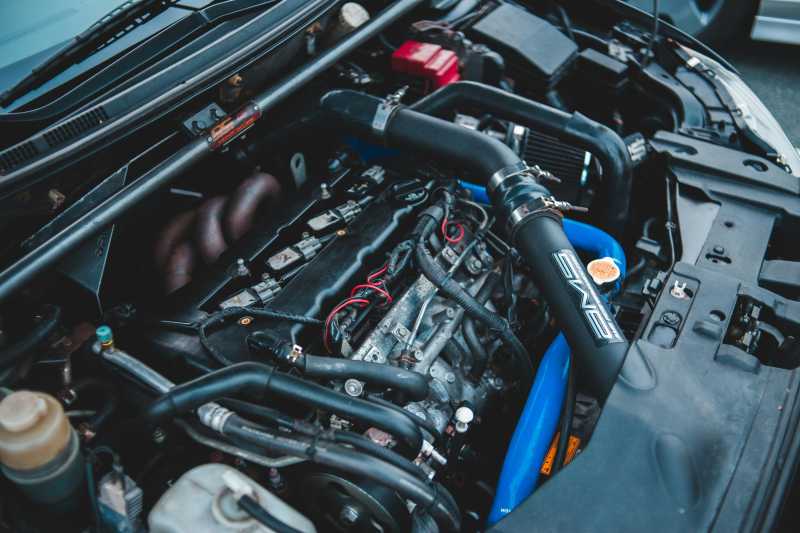Water damage can wreak havoc on your home, leading to costly repairs if not addressed promptly. This blog post by Projekt Restoration, your trusted experts in water, fire, and mold restoration, aims to guide you on how to identify and address water damage in your home. We understand the importance of maintaining a healthy and safe living environment, which is why we also offer comprehensive services such as mold assessment, biohazard cleanup, and reconstruction. With our extensive experience and expertise, we’ll provide you with practical tips and strategies to spot early signs of water damage, mitigate its effects, and prevent future occurrences. By the end of this informative guide, you’ll be equipped with the knowledge to protect your home from the detrimental effects of water damage.
Understanding the Common Causes of Water Damage
Water damage in your home can be a significant issue, often leading to costly repairs and potential health risks. Understanding the common causes of water damage is crucial in identifying and addressing the problem early.
One of the most common causes of water damage is plumbing issues. Leaky pipes, burst pipes, or issues with your home’s plumbing system can lead to water damage if not addressed promptly. Another common cause is natural disasters such as floods, hurricanes, or heavy rainfall. These events can cause significant water damage, especially if your home is not adequately prepared or protected.
- Plumbing issues
- Natural disasters
Additionally, household appliances like washing machines, dishwashers, and water heaters can cause water damage if they malfunction or are not maintained properly. Lastly, issues with your home’s structure, such as a leaky roof or poor drainage, can also lead to water damage.
“Prevention is better than cure. Regular maintenance and inspection can help prevent water damage.”
According to the Insurance Information Institute, about one in 50 insured homes has a property damage claim caused by water damage or freezing each year.
To address water damage, it’s essential to identify the source of the problem and take immediate action. You can use Projekt Restoration’s damage calculator to estimate the cost of repairs. If the damage is extensive, consider hiring a professional restoration service like Cooper City Water Damage or Weston Water Damage to ensure the damage is thoroughly addressed and your home is safe and healthy again.
Remember, early detection and action can save you from costly repairs and potential health risks.
Identifying Signs of Water Damage in Your Home

Water damage in your home can lead to serious structural issues and health problems if not addressed promptly. It’s crucial to recognize the signs early to prevent further damage. Unusual stains or discolorations on walls, ceilings, and floors often indicate water damage. Peeling paint, sagging walls and ceilings, and a musty smell are also common signs.
If you notice any of these signs, it’s important to act quickly. You can use our damage calculator to estimate the potential cost of repairs. If the damage is extensive, you may need professional help. Our team at Projekt Restoration is always ready to assist you.
Mold growth is another sign of water damage. Mold thrives in damp environments and can cause health issues like allergies and respiratory problems. If you suspect mold growth, consider our mold removal services in Davie or Fort Lauderdale.
Water damage can also lead to structural issues. If you notice warped or buckling floors, it could be due to water damage. In such cases, our reconstruction services can help restore your home to its original state.
Lastly, always keep an eye out for potential sources of water damage, such as leaking pipes or a damaged roof. Regular home maintenance can help prevent water damage. If you need assistance, don’t hesitate to reach out to us at Projekt Restoration.
The Impact of Water Damage on Your Home’s Structure

Water damage can have a significant impact on the structural integrity of your home. It can weaken the foundation, cause wood to rot, and lead to the growth of harmful mold. The foundation of your home is crucial for its stability, and water can erode the soil around it, leading to cracks and instability. If you notice any signs of water damage, it’s essential to contact a professional immediately.
Wood is another material that can be severely affected by water damage. When wood is exposed to moisture, it can begin to rot, compromising the strength of your home’s structure. This can lead to costly repairs and even potential safety hazards.
Mold growth is another serious concern when it comes to water damage. Mold thrives in damp environments and can quickly spread throughout your home, causing health issues and further structural damage. If you suspect mold growth, it’s important to get a professional mold assessment as soon as possible.
In addition to these issues, water damage can also lead to electrical problems, damage to insulation, and a decrease in your home’s overall value. To prevent these issues, it’s crucial to address water damage immediately. Use our calculator to estimate the potential cost of water damage repairs. Remember, the sooner you address water damage, the less severe the impact on your home’s structure will be.
Steps to Address and Repair Water Damage
Addressing and repairing water damage in your home involves a series of steps that ensure the problem is thoroughly resolved. The first step is to identify the source of the water damage. This could be a leaky pipe, a faulty appliance, or even a natural disaster. Once the source is identified, it’s crucial to stop the water flow to prevent further damage.
Next, it’s time to assess the extent of the damage. This can be done by visually inspecting the area or using infrared thermal imaging technology for a more in-depth analysis. The assessment will help determine the appropriate course of action for repair and restoration.
After the assessment, the water extraction process begins. This involves removing all standing water and drying out the affected area. Dehumidification is a crucial part of this process as it helps eliminate moisture that can lead to mold growth.
Once the area is dry, cleaning and sanitizing are necessary to ensure the area is safe for habitation. This may involve content cleaning and biohazard clean-up depending on the severity of the water damage.
The final step is the repair and restoration of the damaged area. This could involve minor repairs like replacing drywall or major reconstruction work.
Remember, it’s important to address water damage promptly to prevent further issues such as mold growth or structural instability. If you’re unsure about any step in this process, consider consulting with a professional restoration company.
Preventing Future Water Damage: Tips and Tricks
Water damage can be a significant issue in any home, leading to costly repairs and potential health risks. Therefore, it’s essential to take proactive steps to prevent future water damage. One of the most effective ways to do this is by conducting regular inspections of your home, particularly in areas prone to water damage such as the bathroom, kitchen, and basement.
Regular maintenance of your home’s plumbing system is also crucial. This includes checking for leaks, ensuring pipes are well-insulated, and keeping gutters and downspouts clean and clear of debris. If you’re unsure about how to do this, consider reaching out to a professional service like Projekt Restoration for assistance.
Another important step is to ensure your home is properly ventilated, as this can help reduce the risk of mold growth, a common issue associated with water damage. If you suspect mold in your home, it’s important to act quickly and seek professional help. Davie Mold Removal and Fort Lauderdale Mold Removal are excellent resources for this.
Investing in a good quality dehumidifier can also be beneficial, particularly in areas of your home that are prone to dampness. For more information on how to effectively use dehumidifiers, check out Projekt Restoration’s Dehumidification page.
Lastly, it’s important to have a good understanding of your home’s water usage. This can help you identify any unusual increases in water use, which could indicate a leak. For a better understanding of your water usage, consider using Projekt Restoration’s Water Usage Calculator.
By taking these steps, you can significantly reduce the risk of future water damage in your home.
When to Call a Professional for Water Damage Restoration
Water damage in your home can be a serious issue, causing both health risks and property damage. It’s crucial to address the problem as soon as it’s identified. However, there are instances when the severity of the damage necessitates the expertise of a professional. If the water damage is extensive, affecting large areas of your home, or if it’s the result of a major flood or a sewage backup, it’s time to call a professional.
Moreover, if you notice the presence of mold, it’s a clear sign that you need professional help. Mold can pose significant health risks and requires specialized treatment. Our Cooper City Mold Removal and Davie Mold Removal services are designed to effectively address such issues.
Additionally, if the water damage has led to structural issues in your home, such as warped floors or sagging ceilings, it’s not safe to handle the situation on your own. Our Reconstruction service can help restore your home to its original state.
Lastly, if you’re unsure about the extent of the damage or how to address it, it’s best to consult a professional. Water damage can sometimes be hidden, causing problems behind walls or under floors. Our Infrared Thermal Imaging service can help identify hidden water damage.
Remember, addressing water damage promptly and effectively can save you from costly repairs and health hazards in the future. Don’t hesitate to reach out to a professional when needed.
Dealing with Insurance Claims for Water Damage

When water damage occurs in your home, it’s crucial to understand how to navigate the insurance claim process to ensure you receive the necessary coverage for repairs and restoration. The first step is to contact your insurance provider as soon as possible to report the damage. Documenting the damage is vital, so take detailed photographs and make a comprehensive list of all damaged items.
If you’re unsure about the extent of the damage, consider seeking professional help. Infrared thermal imaging can help identify hidden water damage that might not be visible to the naked eye. This can be crucial in making a successful insurance claim as it provides evidence of the full extent of the damage.
Once you’ve documented the damage, submit your claim to your insurance company. It’s important to be thorough and include all necessary documentation to avoid any delays or disputes. If your claim is denied or you feel the settlement is insufficient, you may want to consider hiring a public adjuster or an attorney to help negotiate with the insurance company.
After your claim is approved, you can begin the restoration process. Reconstruction services can help restore your home to its pre-damage condition. If the water damage has led to mold growth, you may also need mold removal services.
Remember, dealing with insurance claims for water damage can be a complex process, but with proper documentation and professional help, you can navigate it successfully and restore your home to its former glory.
In conclusion, identifying and addressing water damage in your home is crucial to maintaining the structural integrity of your property and ensuring the health and safety of your family. Early detection can save you from costly repairs and potential health hazards. By being vigilant, knowing the signs of water damage, and taking immediate action, you can protect your home from the destructive effects of water damage. Remember, when in doubt, it’s always best to consult with a professional to ensure that the problem is properly addressed. Stay informed, stay prepared, and keep your home safe and dry.





